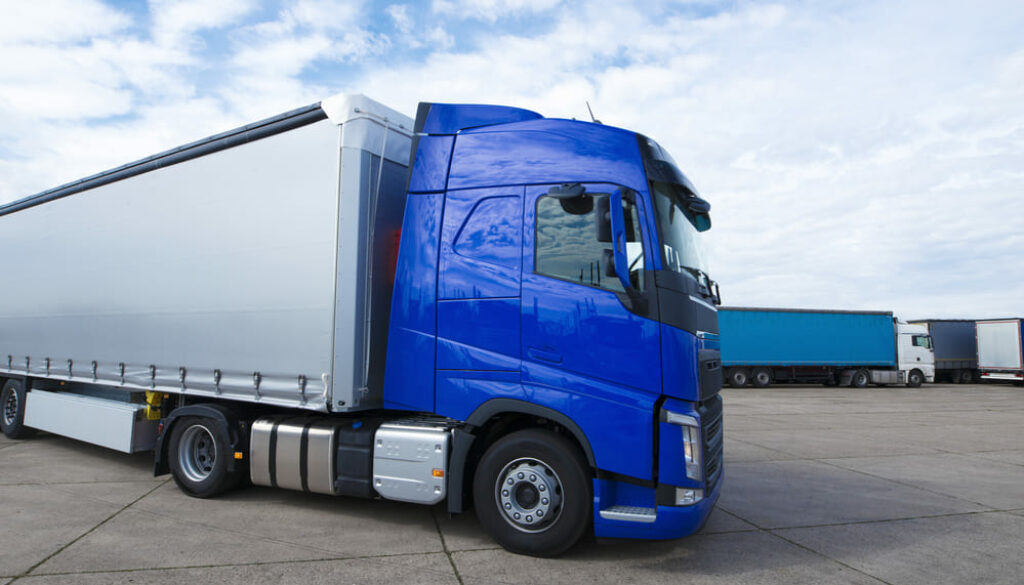Truck Transport: Methods, Costs, and Tips for Safe Transport
Truck transport is a fundamental service in the transportation and logistics industry. Whether it’s moving vehicles from a dealership to a customer, transferring fleets between cities, or importing trucks from abroad, having a secure and efficient service is key.
In this article, we will explore what truck transport is, the most commonly used methods, the factors that affect its cost, important regulations, and key tips for safe and smooth transport.
What is Truck Transport?
Truck transport is the process of moving a heavy vehicle from one point to another, whether within a country or internationally. This service may be required for various reasons:
- Companies renewing their truck fleet.
- Buying or selling used or new trucks.
- Transporting damaged or unregistered trucks.
- Importing or exporting heavy vehicles.
- Transport logistics for construction or mining companies.
There are different ways to carry out this transport, each with its advantages and disadvantages. Below, we will look at the most commonly used methods.
Methods for Transporting Trucks
The transport method will depend on the distance, type of truck, and available budget. Here are the most common options:
Direct Driving
This involves a professional driver driving the truck to its destination. It is the fastest and most economical option for national or short-distance routes.
Advantages:
✔ Cheaper than other methods.
✔ Allows immediate use of the truck upon arrival.
Disadvantages:
❌ Miles accumulate on the odometer.
❌ Wear on the engine and parts.Transport on Lowboy Trailers or Platforms
The truck is loaded onto a lowboy or special trailer and transported without traveling any miles. This is used for unregistered trucks, broken-down trucks, or when the vehicle’s wear should be avoided.
Advantages:
✔ No wear or fuel consumption by the truck.
✔ Safe and stable for long distances.
Disadvantages:
❌ Higher cost due to the use of special equipment.
❌ Requires cranes or ramps for loading.Maritime or Rail Transport
If the transport is international, the truck may be shipped by boat or train to its destination.
Advantages:
✔ Useful for long distances and exports.
✔ Less environmental impact than land transport.
Disadvantages:
❌ Longer delivery times.
❌ May require additional transport to the final destination.
Factors Affecting Truck Transport Costs
The cost of transporting a truck depends on several key factors:
- Distance and route type: The farther it is, the higher the cost. Additionally, routes with tolls or difficult-to-navigate areas can increase the price.
- Truck type and weight: Transporting a light truck is not the same as moving a heavy-duty truck or a trailer.
- Transport method: Using cranes or lowboy trailers can increase the cost compared to direct driving.
- Transport insurance: It is essential to have insurance to protect the truck during transport.
- Permits and documentation: In some countries, truck transport requires special permits that may add extra costs.
Specialized Truck Transport Companies
When choosing a truck transport company, consider these key points:
- Experience and reputation: Research reviews from other clients and the company’s history.
- Insurance included: Ensure the company offers coverage against theft or accidents.
- Transport type: Some companies only offer local transport, while others operate internationally.
- Availability of cranes or lowboy trailers: Important if the truck cannot be driven.
Companies like Loginte, WTransnet, and Clicktrans are some of the most commonly used in the industry.
Regulations and Rules for Truck Transport
Before transporting a truck, it’s important to be aware of the laws and requirements in each country. Some common regulations include:
- Circulation permits: In some countries, trucks without registration plates require a special permit.
- Mandatory insurance: It’s required to have insurance covering damages or accidents during transport.
- Route and time restrictions: Some cities limit the movement of heavy vehicles at certain hours.
- International transport regulations: If the truck crosses borders, it must comply with customs regulations and import/export permits.
Recommendation: Consult with a transport agent to ensure all regulations are followed.
Tips for Safe and Efficient Transport
- Plan in advance: Define the route, permits, and delivery times before starting the transport.
- Check the truck’s condition: Before sending it, check the brakes, tires, and fluids.
- Hire a reliable service: Don’t choose based on price alone; look for quality and security in the service.
- Secure the cargo: If the truck carries goods, make sure they are securely fastened to avoid damage.
- Have all documentation in order: Keep all the necessary papers at hand to avoid delays or fines.
By following these tips, truck transport will be safer and more efficient.
Conclusion
Truck transport is a key process in the logistics of many companies and individuals. There are various transport methods, each with its advantages and different costs.
Before carrying out a transport, it’s important to consider the distance, type of truck, required permits, and the company performing the service. By following best practices and hiring a professional service, you can ensure safe and hassle-free transport.





